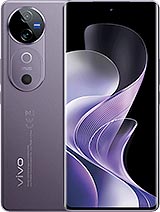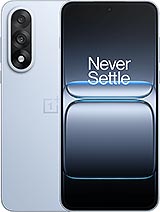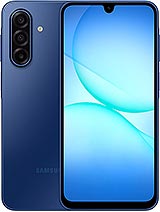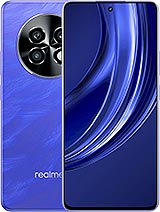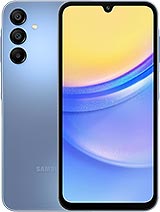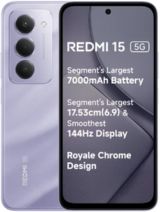Nothing Phone (2) alternatives
Tap above to see alternatives.
Redmi 15 alternatives
Tap above to see alternatives.
Nothing Phone (2)
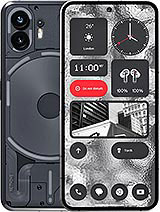
Nothing Phone (2)
-
Snapdragon 8+ Gen 1
4 nm
-
4700 mAh
45W
-
6.7"
1080x2412 pixels
-
50 MP
4K@30/60fps
- Specs
1x3.0 GHz Cortex-X2
3x2.5 GHz Cortex-A710
4x1.80 GHz Cortex-A510
2x2.3 GHz Cortex-A78
6x2.0 GHz Cortex-A55
12GB 256GB (UFS 3.1)
12GB 512GB (UFS 3.1)
8GB 128GB (UFS 2.2)
8GB 256GB (UFS 2.2)
f/1.9, 24mm (wide), 1/1.56", 1.0µm, PDAF, OIS
50 MP
f/2.2, 114˚ (ultrawide), 1/2.76", 0.64µm, AF
f/1.75, (wide), 1/2.88" 0.61μm, PDAF
Auxiliary lens
1080p@30/60fps
f/2.5, (wide), 1/2.74", 0.8µm
f/2.2, (wide)
SIM1: Nano, SIM2: Nano
19 5G bands
n1, n2, n3, n5, n7, n8, n12, n20, n25, n28, n30, n38, n40, n41, n66, n71, n75, n77, n78
7 5G bands
n1, n3, n5, n8, n28, n40, n78
In this performance comparison, the Nothing Phone (2) with its Qualcomm Snapdragon 8+ Gen 1 (4nm) performs better than the Redmi 15 with the Qualcomm Snapdragon 6s Gen 3 (6nm), thanks to superior chipset efficiency.
Redmi 15 launched with Android 15 and will receive updates until Android 17, whereas Nothing Phone (2) launched with Android 13 and will get Android 16. Redmi 15 will get security updates until 2029 (approx. 4 years), while Nothing Phone (2) is supported till 2027.
Nothing Phone (2) features a superior AMOLED display, while Redmi 15 comes with an LCD panel. In terms of smoothness, Redmi 15 offers a higher 144 Hz refresh rate, ensuring fluid scrolling and animations. Nothing Phone (2) also boasts a brighter screen with 1600 nits of peak brightness, enhancing outdoor visibility. Both phones have the same screen resolution.
Redmi 15 features a larger 7000 mAh battery, potentially delivering better battery life. Nothing Phone (2) also supports faster wired charging at 45W, compared to 33W on Redmi 15. Nothing Phone (2) offers faster wireless charging at 15W, while Redmi 15 supports -2W.
Redmi 15 offers better protection against water and dust with an IP64 rating.
¹ Scores can vary even with the same chipset due to RAM, thermals, and software optimization.



